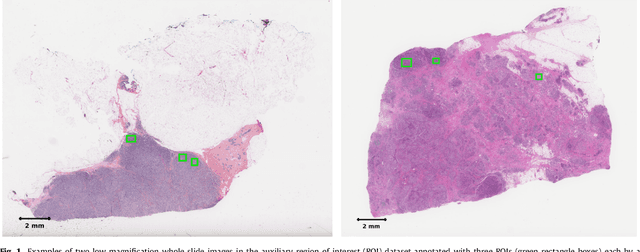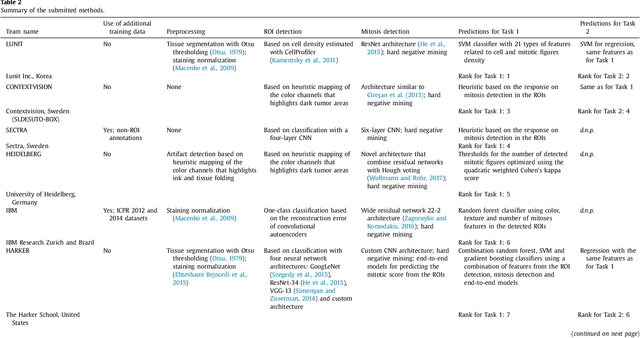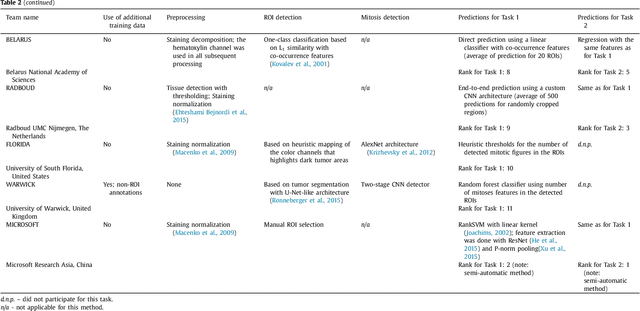Jesper Molin
Designing for the Long Tail of Machine Learning
Jan 21, 2020


Abstract:Recent technical advances has made machine learning (ML) a promising component to include in end user facing systems. However, user experience (UX) practitioners face challenges in relating ML to existing user-centered design processes and how to navigate the possibilities and constraints of this design space. Drawing on our own experience, we characterize designing within this space as navigating trade-offs between data gathering, model development and designing valuable interactions for a given model performance. We suggest that the theoretical description of how machine learning performance scales with training data can guide designers in these trade-offs as well as having implications for prototyping. We exemplify the learning curve's usage by arguing that a useful pattern is to design an initial system in a bootstrap phase that aims to exploit the training effect of data collected at increasing orders of magnitude.
Predicting breast tumor proliferation from whole-slide images: the TUPAC16 challenge
Jul 22, 2018



Abstract:Tumor proliferation is an important biomarker indicative of the prognosis of breast cancer patients. Assessment of tumor proliferation in a clinical setting is highly subjective and labor-intensive task. Previous efforts to automate tumor proliferation assessment by image analysis only focused on mitosis detection in predefined tumor regions. However, in a real-world scenario, automatic mitosis detection should be performed in whole-slide images (WSIs) and an automatic method should be able to produce a tumor proliferation score given a WSI as input. To address this, we organized the TUmor Proliferation Assessment Challenge 2016 (TUPAC16) on prediction of tumor proliferation scores from WSIs. The challenge dataset consisted of 500 training and 321 testing breast cancer histopathology WSIs. In order to ensure fair and independent evaluation, only the ground truth for the training dataset was provided to the challenge participants. The first task of the challenge was to predict mitotic scores, i.e., to reproduce the manual method of assessing tumor proliferation by a pathologist. The second task was to predict the gene expression based PAM50 proliferation scores from the WSI. The best performing automatic method for the first task achieved a quadratic-weighted Cohen's kappa score of $\kappa$ = 0.567, 95% CI [0.464, 0.671] between the predicted scores and the ground truth. For the second task, the predictions of the top method had a Spearman's correlation coefficient of r = 0.617, 95% CI [0.581 0.651] with the ground truth. This was the first study that investigated tumor proliferation assessment from WSIs. The achieved results are promising given the difficulty of the tasks and weakly-labelled nature of the ground truth. However, further research is needed to improve the practical utility of image analysis methods for this task.
 Add to Chrome
Add to Chrome Add to Firefox
Add to Firefox Add to Edge
Add to Edge